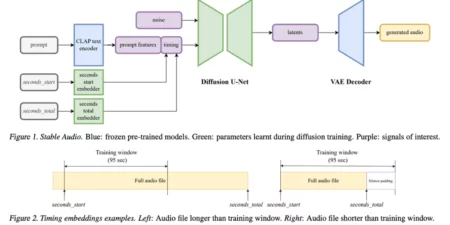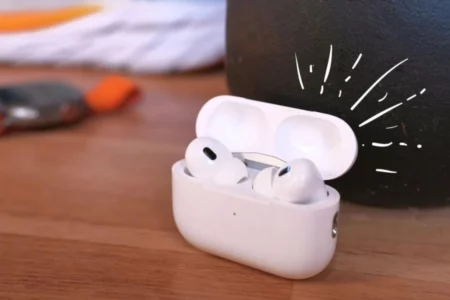Getting the speaker dimensions correct is crucial, regardless of the reason you need a replacement. To ensure the replacement speaker fits in your speaker cabinet, buy one the same size as the old one.
The dimensions mentioned may not match what you need because no standards for measuring speakers exist. Because the new one fits like a lock and key, making assembly simple. This article explains simple ways how to measure speaker size.
How To Measure the Speaker’s Width?
Use a ruler or a tape measure to take your dimensions in inches for the speaker. The widest portion of the cone should be facing up when your speaker is erect. Measure the distance between the mounting frame’s two edges at the speaker’s widest position. So that you will remember it later, note the size.
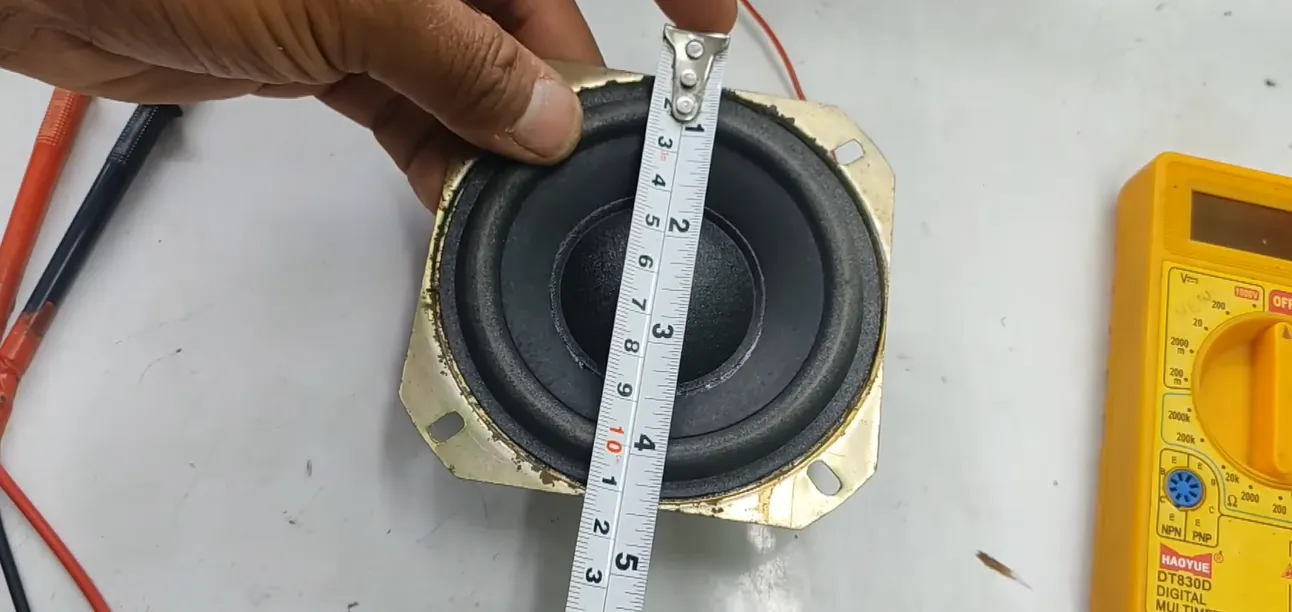
How To Measure the Speaker’s Depth and Height?
The entire height of the speaker from base to top is its mounting height. Before taking measurements, you must decide which point on the speaker is highest because speaker shapes and designs differ.
- Position the speaker so that the wide portion is once more facing up.
- Measure the speaker’s dimensions from the bottom to the top.
- To fit precisely, the speaker must be shorter than the frame.
- Ensure the speaker allows enough space to prevent touching the panels or grilles.
You should measure the mounting depth to ensure enough room for installation to achieve the finest sound quality.
Measuring Mounting Holes for New Speakers
Make sure your speaker’s mounting hole has the same form as it. From one end to the other, measure the hole’s width. The diameter should match the mounting structure’s dimensions for your speaker. If the speaker has a recessed lip that enables it to rest flush on the mounting opening, take note of that. Make sure the cutout diameter is smaller by measuring the recess measurement.
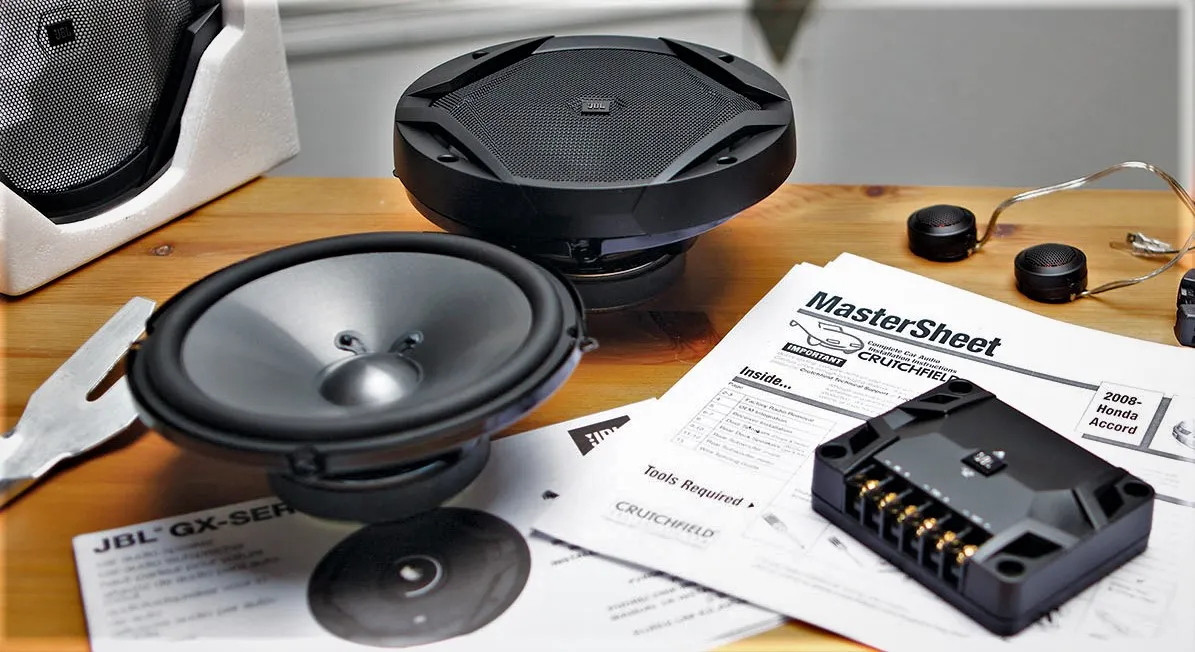
Speaker Review: 10 Best Marine Speakers With Bluetooth
How To Measure Marine Speaker Size?
The diameter of the cutout represents the size of the mounting cavity. For the speaker surround and cone to fit correctly, this is necessary.
- Turn the speaker so that the cone’s widest portion is pointing downward.
- Take measurements of the diameter at its widest spot with a ruler or tape measure.
- Measure all the sides for each measurement if your speaker is not a perfect circle.

How To Measure Ceiling Speaker Size?
Turn the speaker so that the cone’s largest portion is facing down. To avoid forgetting, use a ruler or tape measure to determine the diameter at the widest spot. Measure the widest spot on each side of your speaker if it is not rounded to determine each dimension.
How To Measure Speaker Cone Size?
Turn the speaker so that the broadest portion of the cone is facing down. Write down the diameter at the widest spot using your ruler or tape measure so you will remember. If your speaker isn’t spherical, measure each size at the widest point on each side.
How To Measure the Speaker’s Diagonal Size?
The dimensions calculation is as follows: Speaker Dimensions = Width + Depth. Simply multiply the width and depth by length to determine the diagonal length. Repeat for the other speaker if you have two speakers or a surround sound system.
How is a Speaker Woofer Measured?
The method used to measure a woofer, or any other loudspeaker driver differs. The exterior diameter of the metal frame that surrounds the driver’s front when you say a woofer is 13 inches.
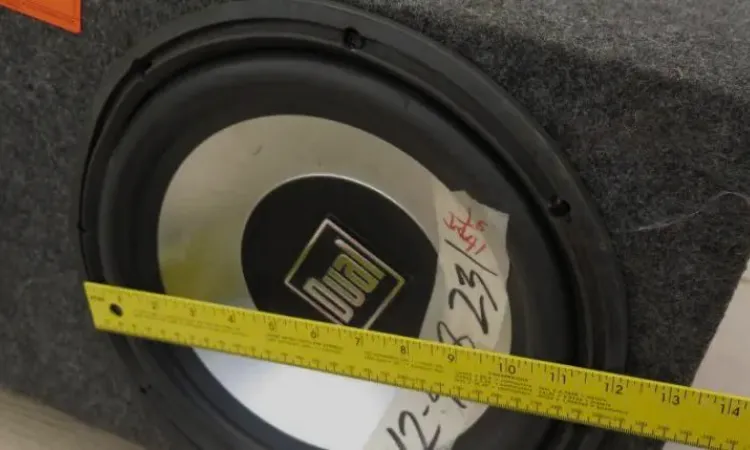
The high spots on the surround encircle the diaphragm and join it to the loudspeaker frame. They are typically where this measurement makes. This diameter is 258.8 mm, rounded to 260 mm in the official datasheet, as shown in the same picture.
Check the speaker mounting frame’s diameter at its widest position. Use a ruler or a tape measure to take your dimensions in inches for the speaker. The widest portion of the cone should be facing up when your speaker is erect.
To determine the utmost wattage, multiply the speaker’s voltage by the amperage. For instance, add 120V and 5A together to get 600 watts for your speaker.




